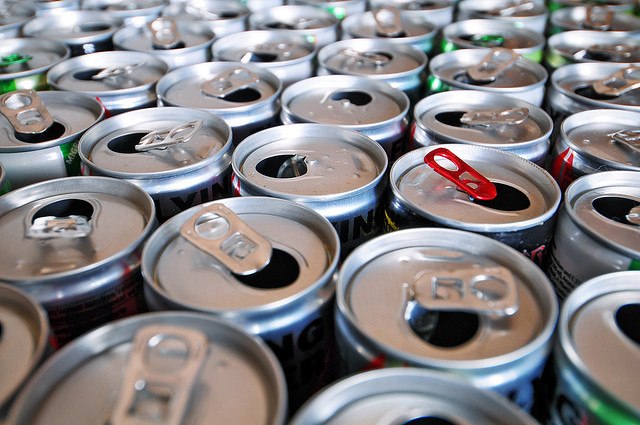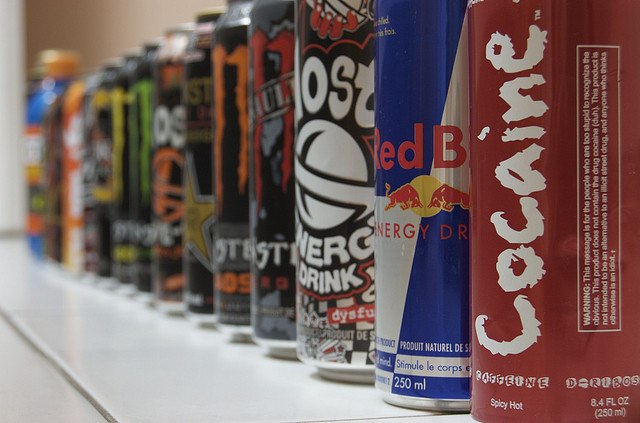What Energy Drinks Really Are
Starting with Red Bull’s tepid introduction to the U.S. in the late 1990s, energy drinks have gained a tremendous amount of steam—largely because most energy drinks were originally marketed as dietary supplements. As such, they were virtually free from FDA regulations. Because those energy drinks weren’t forced to include the caffeine content and other ingredients on their cans, people naturally assumed that these drinks were perfectly safe. Unfortunately, this wasn’t particularly true, as a growing number of deaths have since been attributed to heart-related issues caused by energy drinks. Check this website for further information on caffeine levels and the various problems energy drinks have had on the public.
Beware of Sugar-Free Drinks
Most energy drinks contain a laundry list of ingredients you have never heard of. Although most energy drinks include herbs and natural ingredients like ginseng or gingko balboa, they also contain a lot of artificial ones too. Many promote themselves as having no sugar. What they neglect to inform you of, however, is the artificial ingredient used in sugar’s place. Sugarless energy drinks usually use either aspartame or sucralose as an artificial sweetener. Both are relatively new sweeteners, and both raise a growing number of health and safety concerns. The Center for Science in the Public Interest (CSPI) has recently downgraded sucralose’s use from “safe” to “caution”, stating it should be avoided and “may pose a risk and needs to be better tested.” Here’s a great chart that easily outlines the sweetener type in popular diet drinks. Although sugar may not be healthy, at least it’s natural, and as such, it’s much safer than its artificial counterparts.
Energy drinks like to tout words like “all natural” or pride themselves on having natural sources of caffeine. While this may sound good on paper, the truth is very different. Energy drinks that say they are all natural usually get their caffeine from guarana, a seed from a South American plant which is almost identical to the coffee bean. Now get this: guarana seeds contain more than twice the amount of caffeine as coffee beans do. So although your drink does not contain coffee, it’s usually just as strong—if not stronger—than the average cup of Joe. The level of advisable caffeine content varies per individual, so you should only consume energy drinks occasionally if you have noticed any kind of sensitivity to caffeine.
The Negative Effects of Energy Drinks and How to Avoid Them
Energy drinks should be consumed in moderation, and never used in place of physical activity. They naturally raise your heart rate, and coupled with strenuous physical activity, they can greatly damage your health. It’s important to always read the labels that list the ingredients on energy drinks. If there’s an ingredient you can’t pronounce, think about drinking something else instead. Remember that natural ingredients are always better than their artificial counterparts, and that sucralose and aspartame are not adequate substitutes. Also keep in mind that coffee, one of the most widely-consumed drinks in the world, naturally only contains one ingredient. From mild side effects to potentially lethal consequences, energy drinks should not be taken lightly. They may get the job done, but it’s a toss-up whether or not they’re really worth it. If you’re among the millions of Americans who consume energy drinks on a daily basis, remember to drink in moderation.

